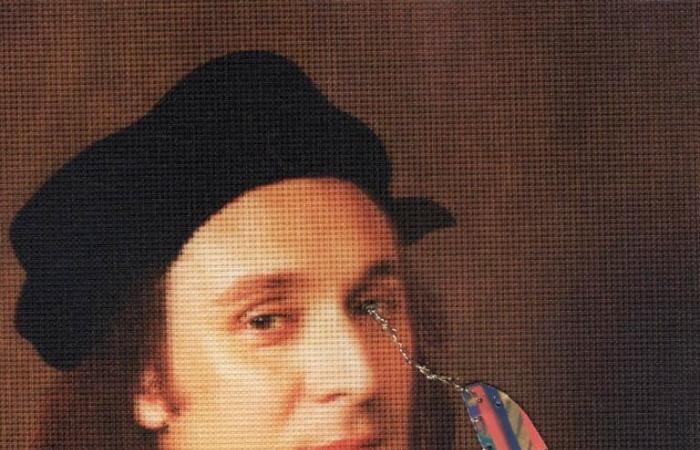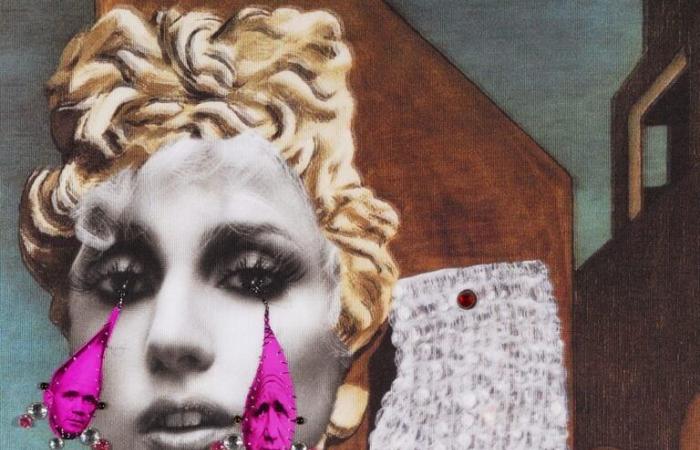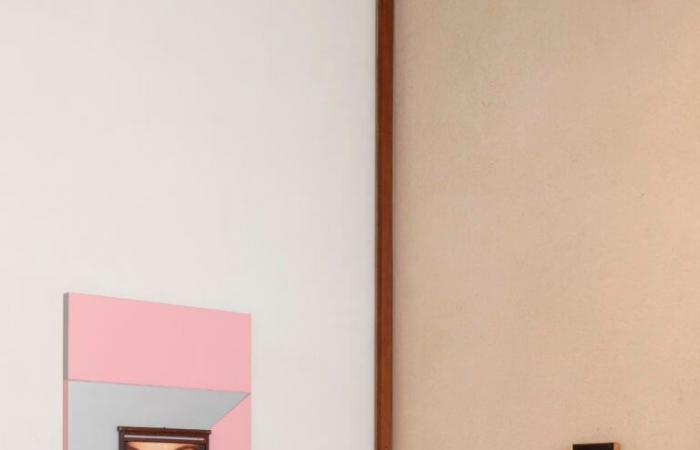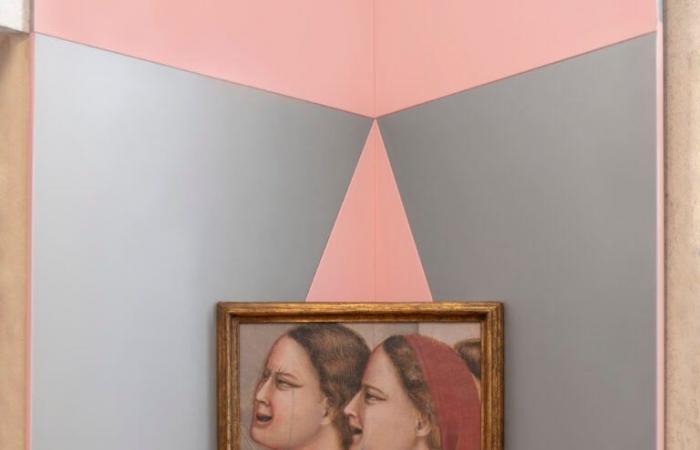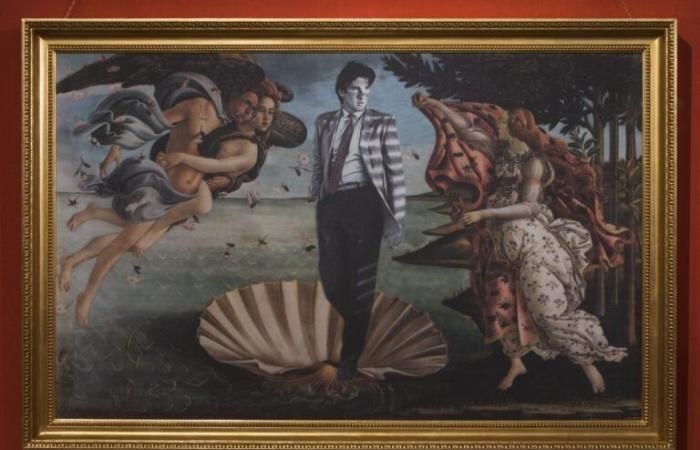He participated four times in the Venice Biennale, but from the themes of this sixtieth edition Francesco Vezzoli it’s very far away. While the city regurgitates Strangers Everywhere Vezzoli seems decidedly at home in the Picture Gallery of the Correr Museum which houses masterpieces from the period between the 13th and 17th centuries: among others Cosmè Tura, Giovanni Bellini, Antonello da Messina And Vittore Carpaccio.
Who is Francesco Vezzoli
Vezzoli’s work is well known, his presence in the contemporary world is outlined, but his thoughts on the history of art are complex: fortunately at the entrance to the Musei delle Lacrime there is a QR code useful for accompanying the visitor along the exhibition itinerary. An audio guide with music written and recited by Vezzoli himself, both in Italian and English. The artist and the Museum present it as a “conceptual piece”: it consists of an introduction followed by twenty-five stories commenting on the works and the rearrangement carried out in the rooms of the Picture Gallery. These are broad and timely considerations, both personal and universal and are worth listening to without a filter. Simply by framing a QR code.
The article continues below
The Museums of Tears of Vezzoli
With the conception of Museums of TearsVezzoli set up a double conversation: the first with the collection of the Quadreria, the second, with the installation carried out here between 1957 and 1960 by Carlo Scarpa. For the occasion Vezzoli built what he defines as a performative operation and site specific through thirty-six works, sixteen of which were created for the occasion. Using the distinctive technique of embroidery for him (but there is no shortage of sculptures) Vezzoli challenges or accompanies the social and political conventions of the art of the centuries represented. He does it without any awe, using themes such as gender identity, the obsession with celebrities, the theme of the sacred, popular representation or the artist-client relationship. In fact, he opens in Room 25 with the work Casino (Giotto, Wynn And Warhol Were Gamblers), 2024 where tears are drawn from a portrait in which Andy Warhol portrays Steve Wynn (known as the builder of the Las Vegas Casinos): all inserted in a detail of the Scrovegni Chapel (probably loan sharks) of Giotto.
The staging by Carlo Scarpa
Room after room the sequence of Vezzoli’s works presents itself as an obstacle course where the obstacle is constituted by Vezzoli’s confessed reverence for Scarpa’s magnificent work: for the marbles of its walls, even for the gazar of the curtains chosen by Venetian architect. The Museums of Tears proposes within the rooms of the Picture Gallery an absolute respect for Scarpa’s context, while using structures capable of underlining the works included. The color combination of peach pink and metallic gray is used to detach them from the context: “the pink refers to the shade of velvet with which some panels in rooms 30 and 37 are covered and to the color of the walls of the majolica room; the gray refers to the light colors that characterize the picture gallery and in parallel to Scarpa’s taste for the use of metallic elements” in this way he presents his workexhibition designer Filippo Bisignani. This is what happens, for example, for the individual supports, self-supporting structures and the famous Scarpa trestles came to the rescue. A substantial number of works are housed in Room 32, the largest in the Picture Gallery. Two iconic works by the artist are presented in the center: The Birth of American Gigolo2014 e Selfie Sebastian (Self-portrait as Saint Sebastian by Andrea Mantegna), 2009-2014. Inserted in a semi-cylindrical structure, the first one of Botticelli’s reference is displayed elevated and obliquely facing the visitors (a system often used by Scarpa to highlight Madonnas and crucifixes), while at her feet appears a self-portrait which Vezzoli considers as an adoring gesture in comparisons of the glamor represented by Richard Gere in clothes Giorgio Armani: everything absolutely consistent with the aesthetics camp that pervades his work. The structure is closed by three walls of reduced height which support nine works arranged on oblique panels this time upwards: a reference to the solution created by Scarpa as part of the exhibition Frescoes from Florence held at the Hayward Gallery in London in 1967.
1 / 6
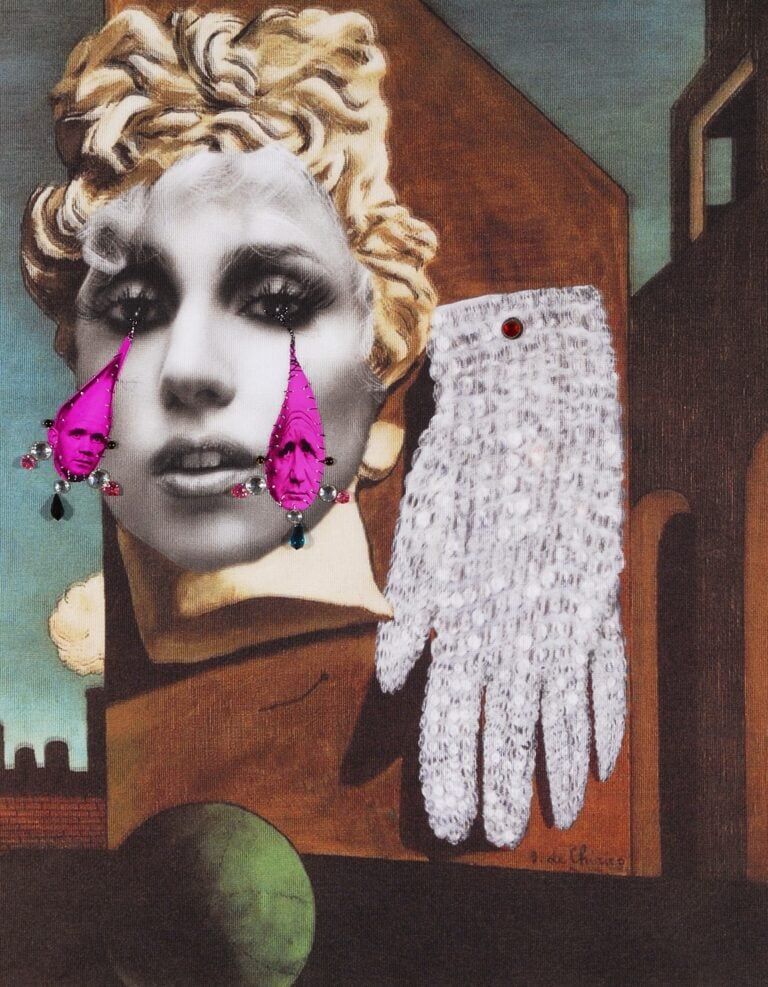 2 / 6
2 / 6
 3 / 6
3 / 6
 4 / 6
4 / 6
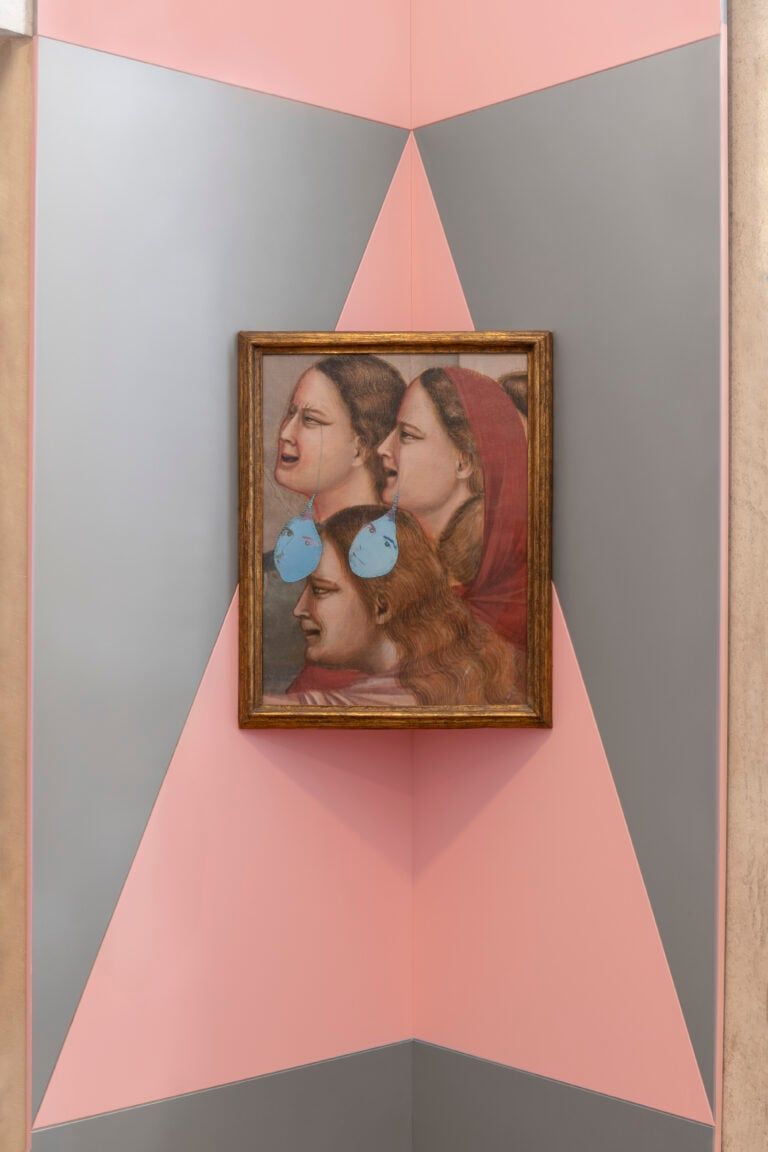 5 / 6
5 / 6
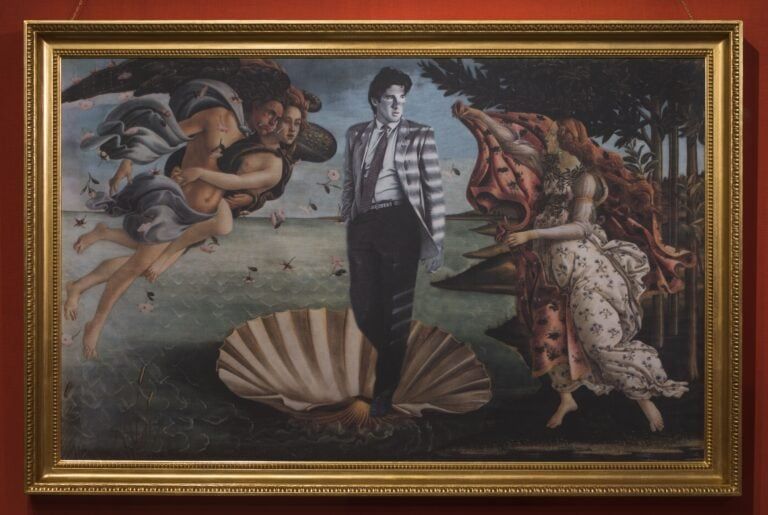 6 / 6
6 / 6
The Camp aesthetic in Francesco Vezzoli and Scarpa
Vezzoli never denied considering Scarpa as a deity: the postmodern traits of his work, the acceptance of the classical heritage, the integration with commercial culture are characteristic and common. When the right opportunity arose, Vezzoli sent works from other museums designed by Scarpa to the Correr: in Verona, Florence or Palermo. He even included two portraits dedicated to Scarpa in the exhibition: in room 39 the one inspired by a doge painted by Carpaccio and kept here; in Room 32 to the “advertising” one created by Andy Warhol commissioned by Cleto Munari for which Scarpa had designed a silver cutlery set. For Vezzoli these are homages to the “Doge” Scarpa (tutelary deity of Correr) the latter then performed by – in turn – tutelary deity of each celebrities. Just as Scarpa understood that in order to continue to speak to contemporaries, the artistic heritage had to be exhibited in a spectacular manner in a different but ultimately coherent way, Vezzoli put together an exhibition that he himself defines as “experiential”: to be considered overall and to be considered however unique. Impossible to blame him.
Aldo Premoli
Artribune is also on Whatsapp. Simply click here to subscribe to the channel and always be updated

